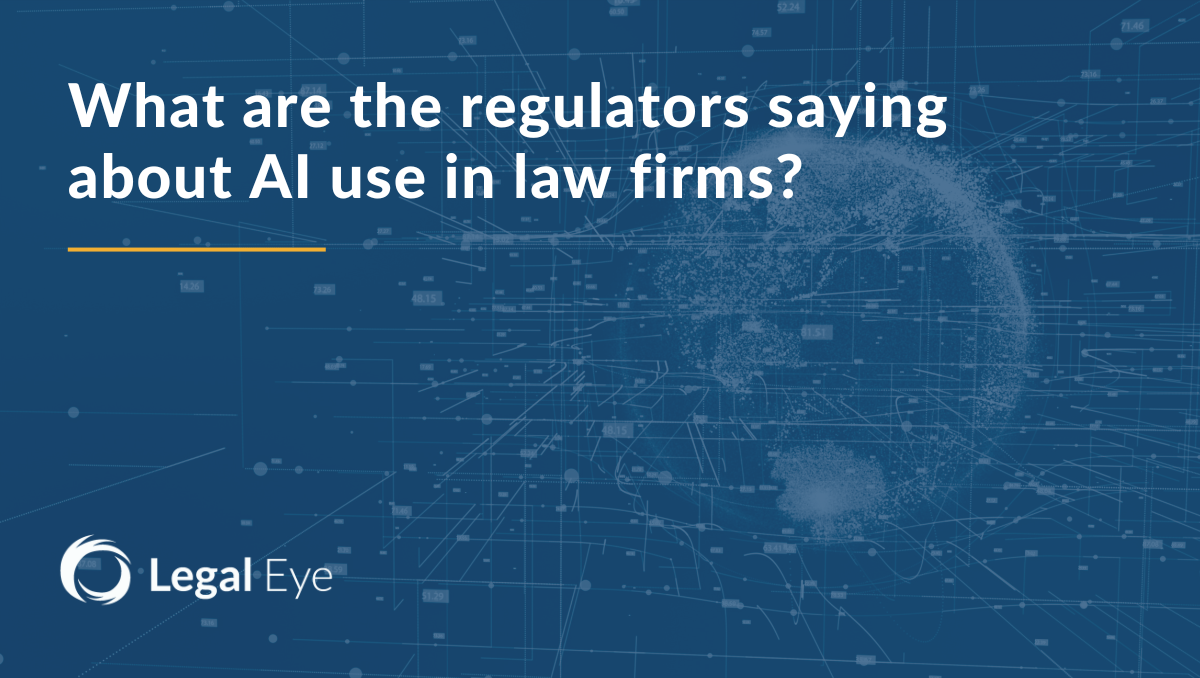Artificial intelligence is here, and law firms are already experimenting with it. Whether you're exploring…
The Conveyancing Association (CA) – the leading trade body for the conveyancing industry – has today (27th September 2023) unveiled the fifth edition of its Conveyancing Technical Protocol.
The Technical Protocol, initially launched in 2013, is the result of CA members, panel management companies, and stakeholders working together to produce a document that outlines best practice, and delivers a robust and efficient conveyancing service through co-operation. It collates guidance from the Law Society, Legal Ombudsman, UK Finance and case law to provide conveyancers with a point of reference for this best practice.
The CA commends the adoption of the Technical Protocol to all its members as an opportunity to improve client satisfaction and reduce enquiries and administration.
The new edition has been updated in light of the CA’s recently-launched Digital Conveyancing Protocol document, designed to help firms benefit from the range of digital services available to support the home buying and selling process, and to help deliver improvements in the efficiency and safety of it.
The Digital Conveyancing Protocol has been written to include a range of recommendations for conveyancers acting on behalf of both the buyer and the seller, and is designed to help proactive firms make the most of the digital technology available and the greater use of upfront information.
As a result, the CA’s Technical Protocol now includes reference to a specific number of digital products and services that should be utilised by conveyancing firms, including:
- Utilising, where appropriate, electronic communication as the first choice option between the conveyancer and all parties via a secured portal or encrypted mail.
- Use of a compliant-digital ID which can enable the digital ID Certificate to be shared amongst stakeholders in order to cut down on delays in the transaction.
- Use of a digital identity and anti-money laundering check which incorporates biometric checks and can identify potentially fraudulent use of identity.
- Reference to how a draft Transfer can now be prepared using the HM Land Registry Digital Registration Service for digital execution, as an alternative to using the standard TR1 form.
- Reference to how a digital version of the contract can now be signed by parties digitally.
Further amends to the Technical Protocol include how firms should: request material information provided by the estate agent under the Consumer Protection From Unfair Trading Regulations 2008; highlighting to clients they should check what limit their bank imposes on the amount of money which they can send at any one time via online banking; what pre-sale packs should include such as the Buying and Selling Property Information (BASPI) including material information; using the up-to-date version of the Leasehold Property Enquiries (LPE1) form; and a range of new information which relates to the new Building Safety Act 2022.
Conveyancing firms can access both the new Technical Protocol and the Digital Conveyancing Protocol from the download section of the CA website, at: https://www.conveyancingassociation.org.uk/industry-guidance-training-and-downloads/
Beth Rudolf, Director of Delivery at The Conveyancing Association, said:
“Digital developments necessitated the drafting of our Digital Conveyancing Protocol document and, as a result of that document, we felt a new iteration of our Technical Protocol was required. The two documents dovetail together and provide guidance and recommendations to all conveyancing firms on how they can use technology and digital products and services to cut down on delays in the transaction, to deal with additional enquiries quickly, to reduce post-completion queries and technical issues, to improve lender communication and how to improve in areas such as leasehold, estate rentcharges, and fraud avoidance.
“This is the fifth edition of the Technical Protocol, and along with the Digital Conveyancing Protocol, we hope conveyancing firms can utilise these documents to help develop their service offering and to ensure we have a much smoother, less stressful home buying and selling process, not just for firms themselves but for all stakeholders, particularly consumers. We’ll continue to monitor the progress being made, particularly in terms of technology, and how it can support our focus on process improvements for all, and will continue to update the Protocols to reflect this.”
For further information on The Conveyancing Association, please visit: www.conveyancingassociation.org.uk

